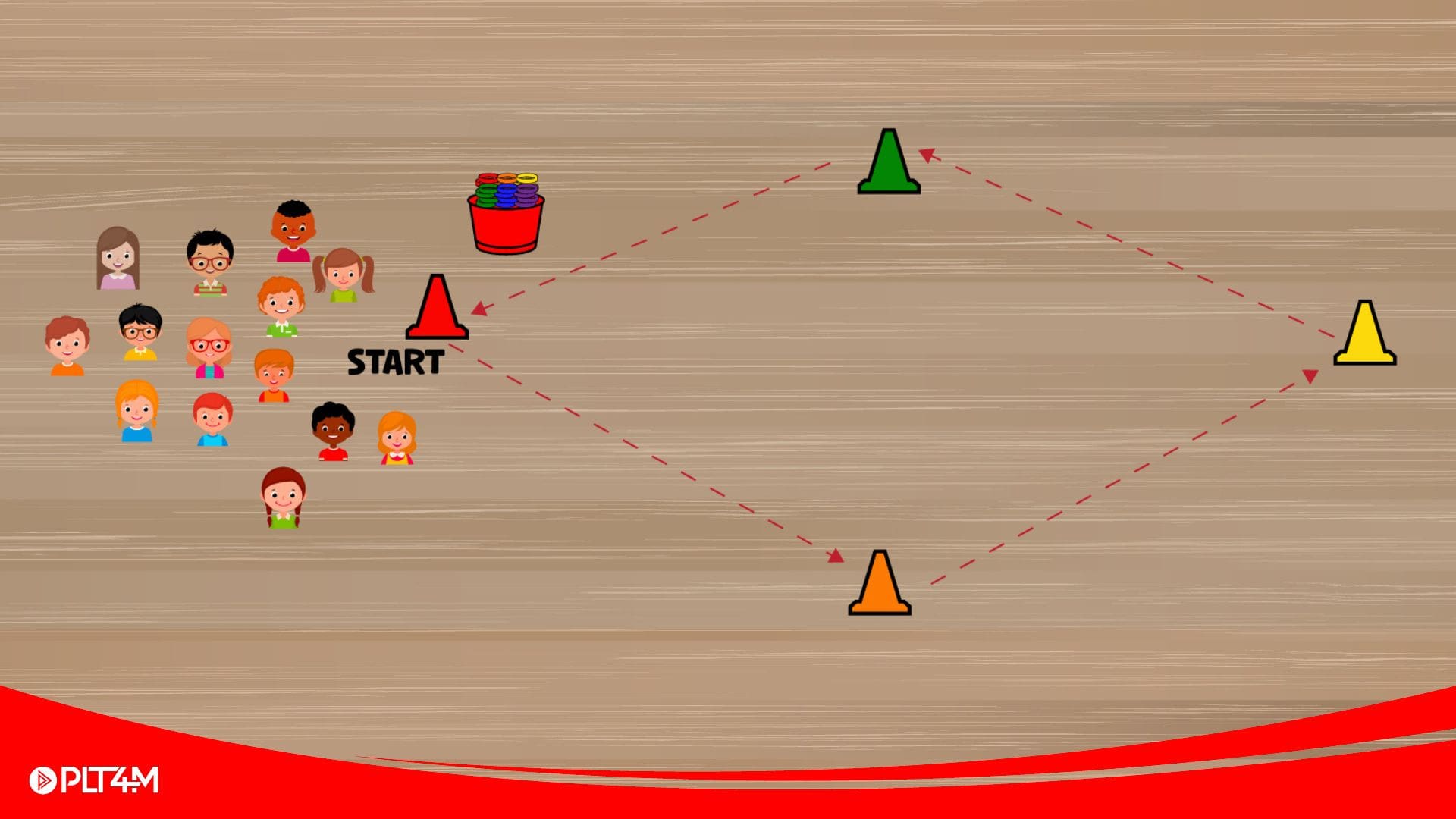More so than almost any other sport at the high school level, Track and Field has the greatest expectation of specialization in it’s training. Many coaches we speak to believe their athletes require a different program from any other sport, and different programs within that for sprinters, throwers, distance runners, etc. We love that coaches are invested in their athletes’ success, but we believe it requires a shift in mentality.
Not only should all of your track athletes be engaged in a comprehensive weight training program – they should all be engaged in the SAME one! I know what most of you are thinking – “But why would my sprinter’s do the same workout as my distance athletes?”
To answer, let’s take a look at the 3 most common myths in the track and field world with regards to training.
3 Myths of Training Track Athletes

Share this article:
Recent Posts
Interested if PLT4M can work at your school?
Follow Us!
High school PE sets the stage for a lifetime of health—let’s make it count! Building strong foundations, supporting student choice, and mixing up activities is the key to creating excited, confident, and active graduates. 💪🎓

High School Physical Education Curriculum
Explore how high school physical education curriculum can boost student health and support lifelong fitness for all high school students.
hubs.li
The right instant activities for elementary PE can help kick off physical education class with energy and structure. In this article, we explore a variety of instant activities that physical education teachers can tap into throughout the year.

Instant Activities For Elementary PE
Discover quick and engaging instant activities for elementary PE perfect for warm-ups, classroom management, and maximizing movement time!
hubs.li
📣#WIBestPracticesHPE📣
@PLT4M is one of our amazing sponsors.
Our very own event coordinator @Mr_L_health will be presenting on how PLT4M makes a positive impact on his students.
Come learn with us! #physed #healthed
Registration:
https://www3.uwsp.edu/conted/Pages/Best-Practices-in-Health-and-Physical-Education-Conference.aspx
🐔🌮 Chicken Taco Tag is HERE!
Explore 125+ new PE games, activities, and lessons from @pe4everykid — now on PLT4M!
Fun, inclusive, and ready to roll!
Check it out 👉
Invasion games in elementary PE classes are more than just fun and energetic activities. They serve as an effective method for teaching essential movement skills such as offensive and defensive positioning, teamwork, spatial awareness, and agility. These engaging games encourage…
PE games for elementary students are a fantastic way to get everyone moving and having fun! They not only boost physical activity but also help kids build essential motor skills, learn teamwork, and develop a love for fitness. Whether you're bringing back some old favorites or…





